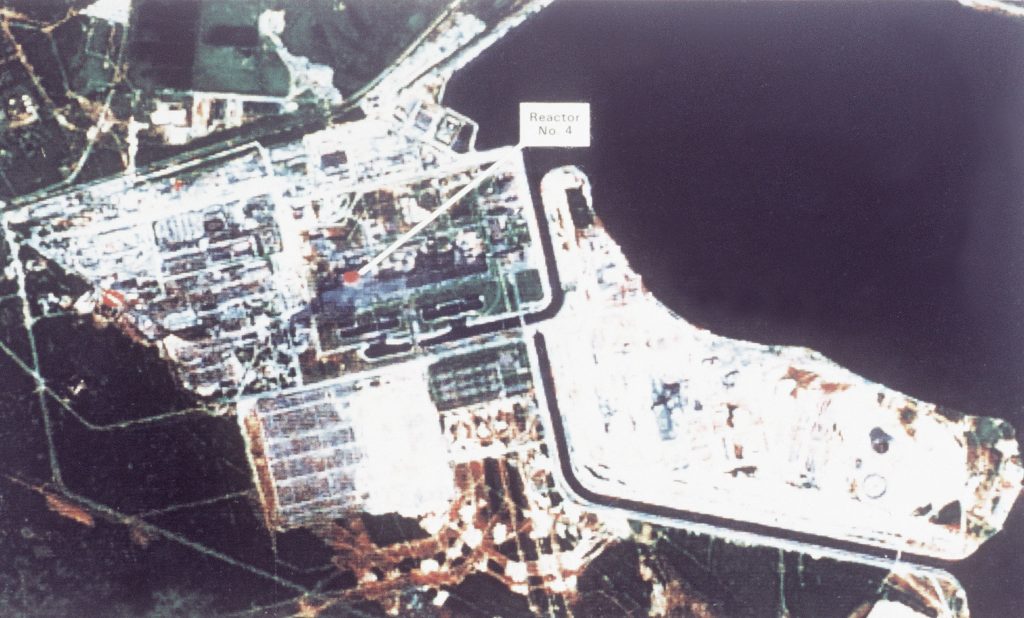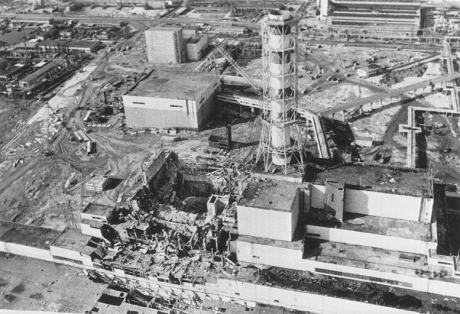Believe it or not, there are still hospitals full of patients, in the tsunami hit areas.
A doctor at one hospital said he is physically exhausted. After struggling to survive the tsunami, he has been working non stop at the local hospital. The first floor of his hospital is useless, being covered in mud. Medications are running out. Only now are rescue volunteers reaching his hospital.
In other areas, where people had to be taken out of their hospitals, there have been deaths, due to hypothermia. Elderly patients, who were soaking wet from the flood, and cold, died in an emergency shelter (2 one the evacuation bus, 12 in the shelter). Shelter officials say they could not keep them warm. A chronic problem with the emergency shelters is that they do not have sufficient heating. It is apparent that they were relying on outside electrical power, which is gone. This is another example that contradicts the international belief in Japan being the best prepared for natural disaster. Other “shelters” are nothing more than schools.
Shelter officials, and hospital personnel, say the most critical problem now is lack of medication, especially for people with chronic medical problems, like diabetes.


